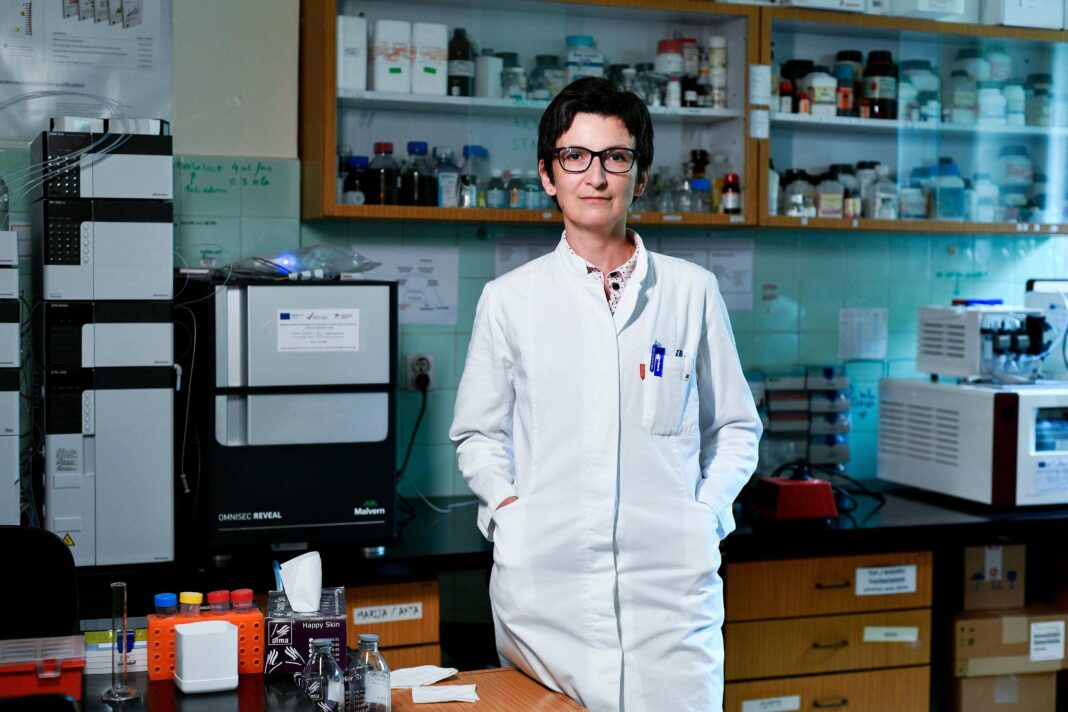Beata Halassy, a scientist and professor, faced a breast cancer recurrence and opted for a self-experiment involving oncolytic viruses, resulting in her tumor shrinking and eventual removal. Her journey highlights the ethical complexities of self-experimentation, which can lead to valuable insights but also presents health risks and career repercussions for researchers. While controversial, self-experimentation has historical roots and has been used by some biotech leaders to promote their innovations.
The Emotional Journey of Beata Halassy
Beata Halassy faced a heart-wrenching moment when her doctors delivered the news: her breast cancer had returned. This marked the second recurrence following her surgery and chemotherapy, leaving her with limited options as the medical team could only recommend yet another round of chemotherapy.
However, Halassy’s background as a scientist set her apart. As a professor at the University of Zagreb, she specializes in viral research and was aware of groundbreaking developments involving oncolytic viruses—viruses designed to target and eliminate tumor cells. Although these therapies are primarily approved for a select few cancers, they had yet to be applied to breast cancer.
Determined to explore this innovative treatment, Halassy embarked on a personal experiment. She delved into scientific literature to identify two specific viruses, cultivated them in her laboratory, and for two months, a colleague administered the viral concoction directly into her tumor. Remarkably, the tumor began to shrink, soften, and separate from the muscle tissue, ultimately allowing for its complete removal. Today, Halassy celebrates four years of being cancer-free, and her remarkable journey was documented in a recent publication in the journal “Vaccines.”
The Ethical Dilemmas of Self-Experiments
Halassy’s story stands out in the realm of self-experimentation, which, while not unheard of among scientists, often remains shrouded in secrecy due to its ethical complexities. According to Tania Manríquez Roa, an expert in medical ethics at the University of Zurich, such self-experiments navigate a precarious ethical and legal landscape. Current ethical guidelines do not regulate experiments conducted on one’s own body, placing researchers in a position where discussing their self-experiments could jeopardize their careers.
Critics argue that publishing self-experiment results might inspire others to pursue untested treatments, citing the case of the Radvac group during the COVID-19 pandemic, which developed a nasal spray they claimed could act as a vaccine without any safety or efficacy testing. Such reckless self-experimentation raises significant health risks, as noted by Manríquez Roa.
The scientific merit of self-experiments is also debated. With a sample size limited to the individual researcher, what can be definitively concluded? Is the placebo effect influencing results? Can researchers maintain objectivity regarding their own health conditions? While these questions lack straightforward answers, there are instances where self-experimentation can guide researchers toward valuable insights. A prime example is Jasmin Barman-Aksözen, who investigates protoporphyria, a rare genetic disorder she personally endures.
Barman-Aksözen’s research delves into the effects of iron metabolism on her condition, which causes extreme sensitivity to light and various health complications. Faced with a severe deficiency of red blood cells, she hypothesized that traditional iron treatments could worsen her symptoms. Given the rarity of her condition, she opted for a self-experiment to gather firsthand data, closely monitoring her health. Although she had to cease the experiment after five days due to liver problems, her findings revealed a harmful protein associated with high iron levels in protoporphyria patients. This discovery has now improved treatments for those affected, allowing for preventive measures against liver damage.
Despite the controversy surrounding self-experiments, their historical significance cannot be overlooked. Once considered a legitimate method to conduct critical trials, self-experimentation is rooted in the Nuremberg Code, which permits such actions under specific circumstances, particularly when the researcher is the subject.
While self-experiments have become less common, some individuals, particularly biotech CEOs, have made headlines by publicizing their own experiments to promote their companies. Liz Parrish, for instance, underwent experimental gene therapy, positioning herself as a pioneer in anti-aging solutions. Similarly, Alex Zhavoronkov of Insilico Medicine reportedly tests his company’s AI-developed medications on himself, while neurobiologist Phil Kennedy took the extraordinary step of implanting electrodes in his brain to advance his technology.
